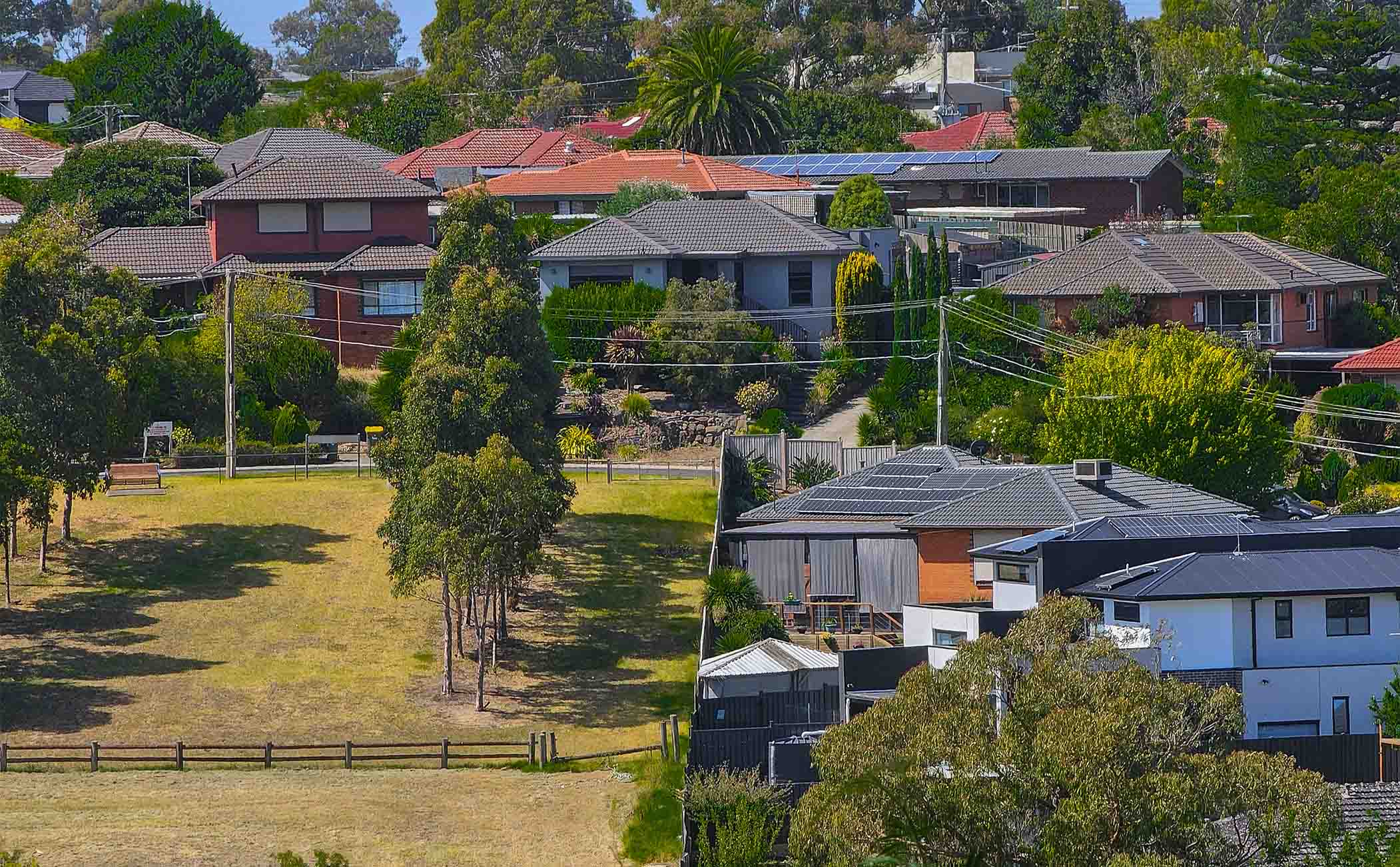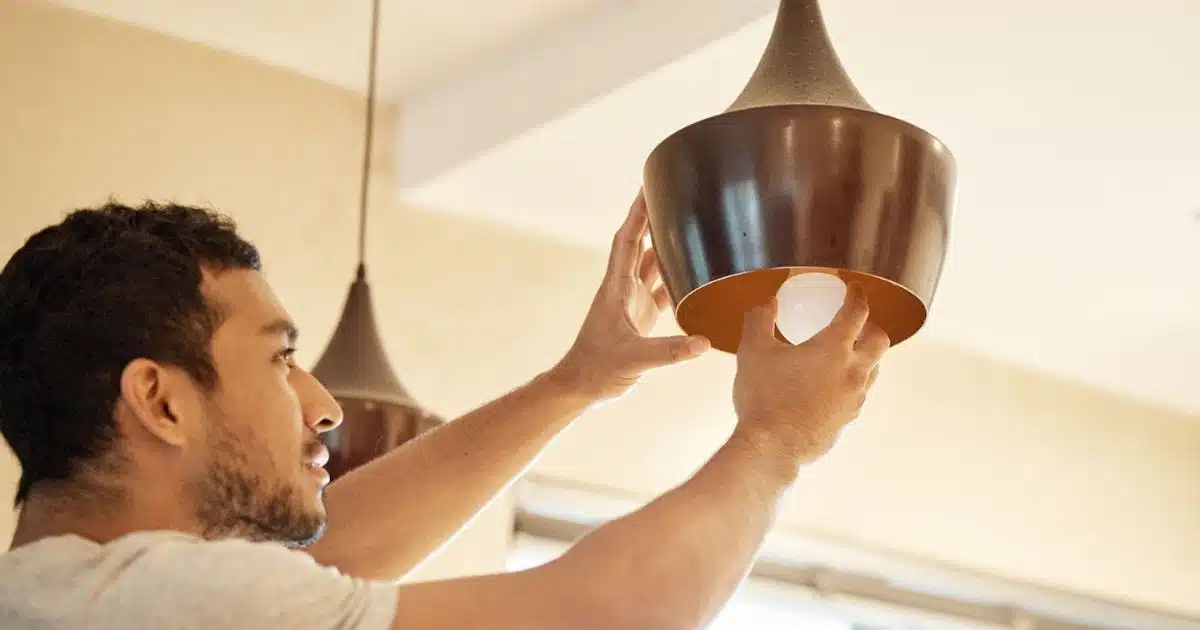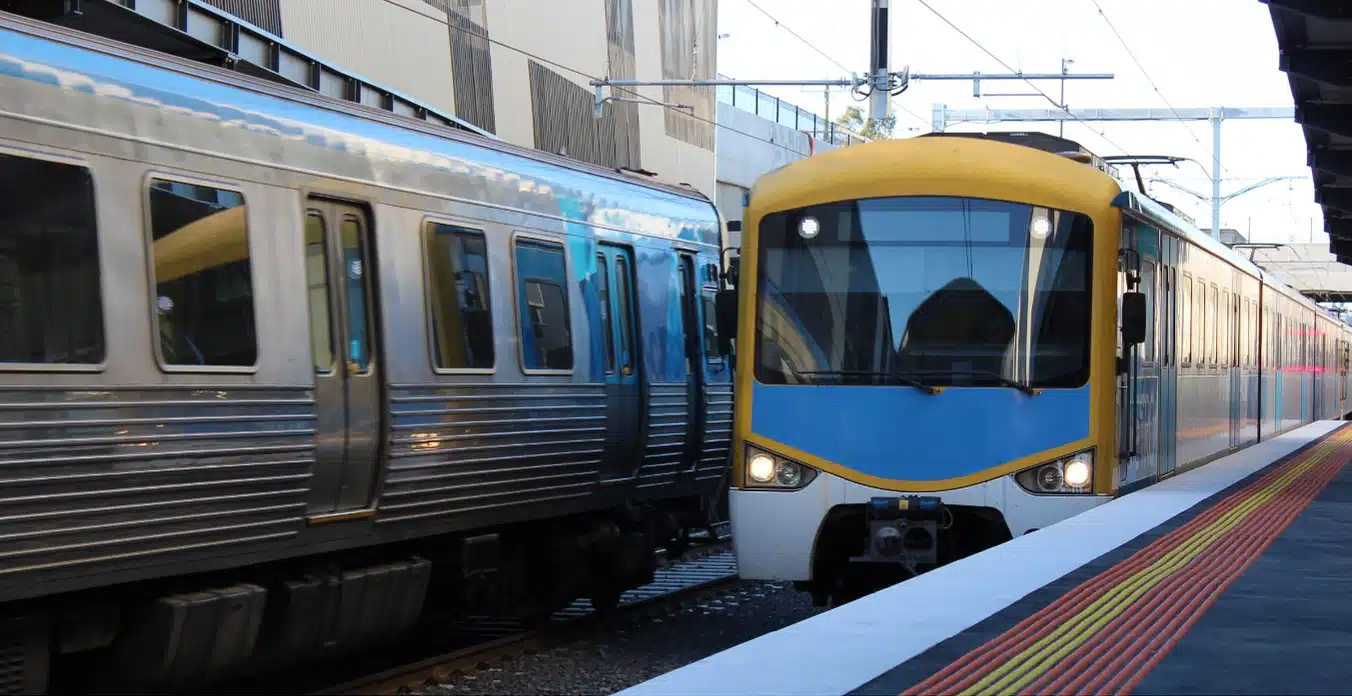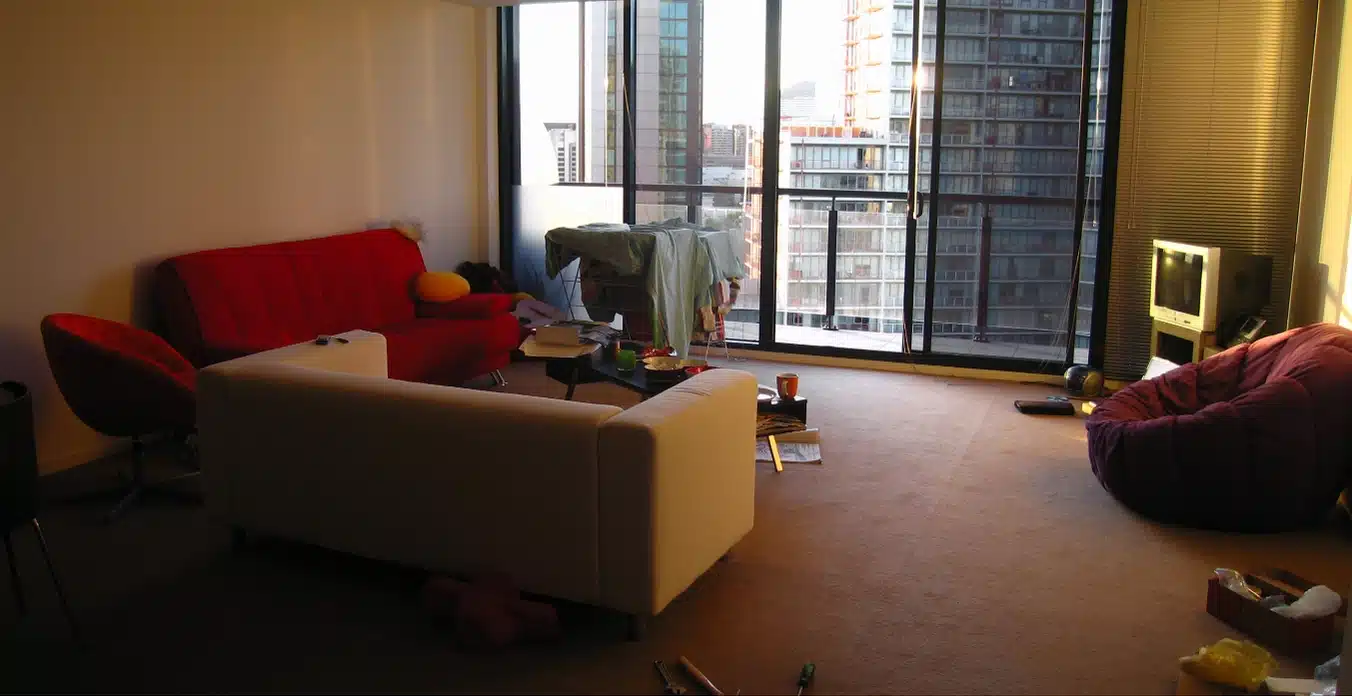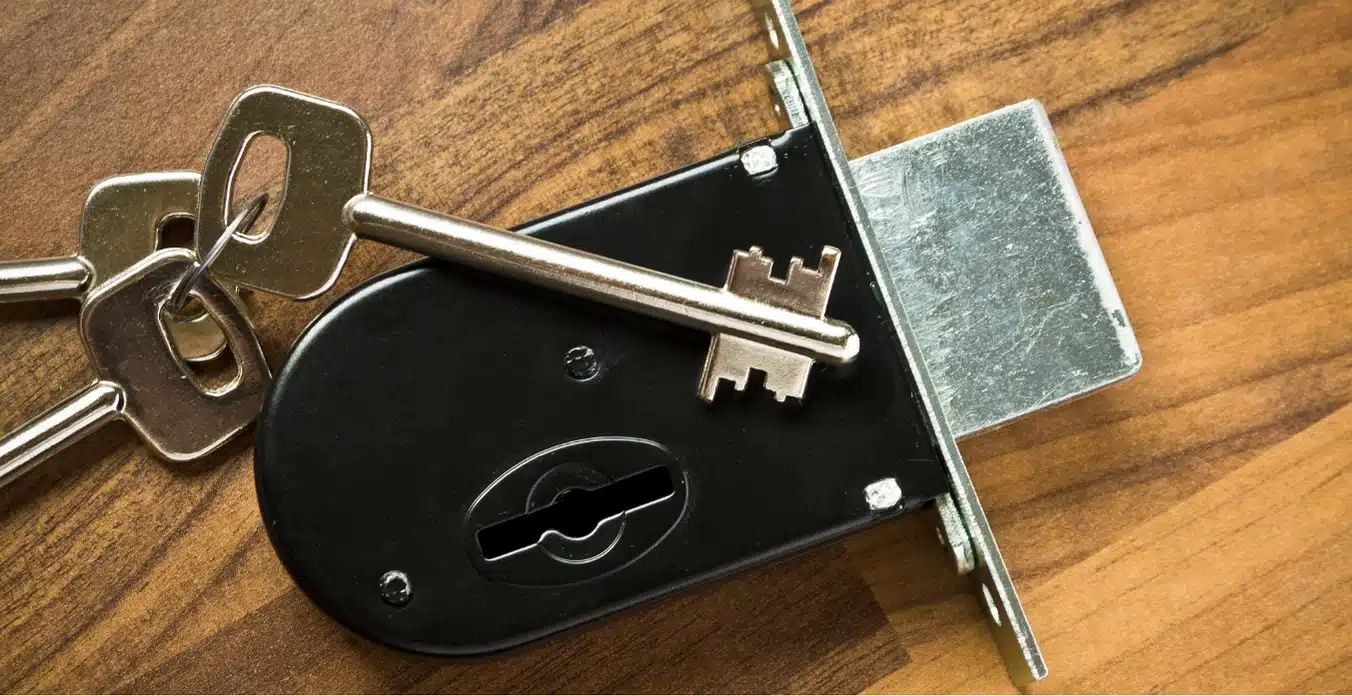Steel-framed homes have become increasingly popular in recent years due to their durability and strength. However, like any building material, steel has some drawbacks and can present several issues for homeowners. These can range from structural difficulties when it comes to renovation or simply due to the way steel handles different weather conditions.
In this article, we will discuss the potential issues that homeowners face with steel-framed homes so you can make an informed decision for your next home build or upgrade.
Renovations with Steel Framed Homes
If you own a steel-framed home, you may face some unique challenges when it comes to making upgrades or renovations. While steel is a durable and robust material, it can also be more challenging to work with than other building materials.
One of the primary difficulties that homeowners face when attempting to make upgrades to a steel-framed home is the need for more flexibility in the framing system. Steel frames are designed to be rigid and strong, which can limit the ability to make changes to the layout or structure of the home. This rigidity might make it hard if you ever want to renovate, or add more rooms or an attic later down the line.
Expansion and Contraction in Steel Frames Homes
Expansion and contraction are natural processes in all building materials, including steel. These processes are caused by changes in temperature and humidity levels, which cause materials to expand or contract in size. In steel-framed homes, these processes can have significant effects on the structural integrity of the home if not adequately addressed.
Steel expands and contracts due to changes in temperature. When steel is exposed to high temperatures, it expands in size, and when it is exposed to low temperatures, it contracts. In a steel-framed home, these temperature changes can cause the steel frames to expand or contract, leading to cracks and other structural issues.
Preventing and treating expansion and contraction in steel-framed homes involves proper insulation and ventilation. This insulation maintains temperature and humidity levels while ventilation removes excess moisture, causing less corrosion.
Fire Resistance in Steel Frames Homes
Fire resistance is a critical consideration for any home, and steel-framed homes are no exception. While we’ve focused on the negatives in this article, steel is a non-combustible material and is inherently fire-resistant, making it an attractive choice for building structures.
Because steel frames are not combustible like wood, in the event of a fire, the steel frames will not burn or collapse. This can help prevent the fire from spreading to other parts of the home and minimise property damage. While it is very resistant, if you want to enhance the defence of your home further, you can also ensure that other materials, such as insulation, are fire resistant too.
Electrical Grounding and Insulation in Steel Framed Homes
In steel-framed homes, the steel frames can act as a conductor for electrical currents, affecting electrical grounding and insulation. The conductivity of the steel frames can interfere with proper grounding, potentially leading to electrical shocks or damage to electrical equipment.
While it can be an issue, there are several options for electrical grounding and insulation in steel-framed homes. You can install grounding rods or other grounding systems that provide a safe path for electrical currents to flow into the ground. These systems can help prevent electrical shocks and protect electrical equipment from damage.
Corrosion and Rust in Steel Framed Homes
This process of corrosion happens whenever steel comes in contact with moisture, which causes the steel to break down slowly, resulting in rust and decay. The effects of corrosion on steel-framed homes can be severe, eventually weakening the steel frames and causing them to become brittle and lose their load-bearing capacity. This can lead to cracks in walls and floors, sagging roofs, and other structural issues.
Preventing and treating corrosion in steel-framed homes involves several strategies. You can protect the steel frames from moisture and oxygen by using appropriate coatings or paints. These coatings act as a barrier, preventing moisture and oxygen from reaching the steel frames and slowing down the corrosion process.
Conclusion
While steel-framed homes offer many benefits, such as durability, strength, and fire resistance, you need to be aware of the challenges these homes can present. These can present themselves in the future, so it’s important to look at preventative measures as early as possible to protect your investment. With proper understanding and treatment, steel-framed homes can provide a strong and long-lasting foundation for homeowners.

